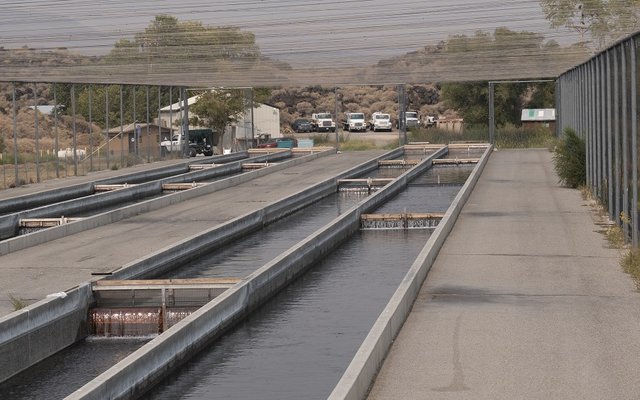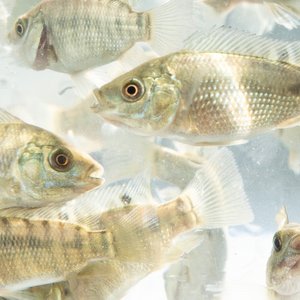Two California Department of Fish and Wildlife (CDFW) trout hatcheries in the Eastern Sierra are continuing to fight an outbreak of Lactococcus petauri, a naturally occurring bacteria that sickens fish. The current outbreak was first detected in April 2022. CDFW fishery managers announced this week that approximately 350,000 infected catchable rainbow trout are now showing signs of disease and must be humanely euthanized.
The affected facilities – Black Rock and Fish Springs hatcheries – usually provide fish for stocking waterways in CDFW’s Inland Deserts Region. Because this is a significant loss of fish that would normally be stocked for anglers in the 2022 season, CDFW is working to contract with an external vendor to provide catchable rainbow trout for planting in Mono County.
In addition to purchasing fish and redirecting existing stocks, CDFW’s plans to combat the outbreak and improve hatchery capabilities include:
- The use of two different types of fish vaccines (immersion and injection) developed by scientists at the University of California, Davis, at the affected hatcheries.
- Infrastructure improvements, including the installation of a new recirculation pump at Fish Springs Hatchery, and backup generators at Black Rock Hatchery and Hot Creek Hatchery.
- Plans to modernize equipment, vehicles and facilities at other hatcheries throughout the state, both to improve drought resiliency and ensure that hatcheries are prepared to support each other when unexpected losses occur.
- Pending proposals for five new hatchery technicians for the Inland Deserts Region, as well as an additional $5 million for fish food, water and electricity for the statewide hatchery system.
Lactococcus petauri occurs naturally in the environment and is usually spread by movement of fish or eggs. CDFW’s fish pathologists believe that it may have been carried into the hatcheries by birds that picked it up from an environmental source. Fish that are infected with the bacterium can show symptoms including bulging eyes, lethargic or erratic swimming and increased mortality, or be asymptomatic and show no signs of infection depending on several factors including water temperature and stress.













